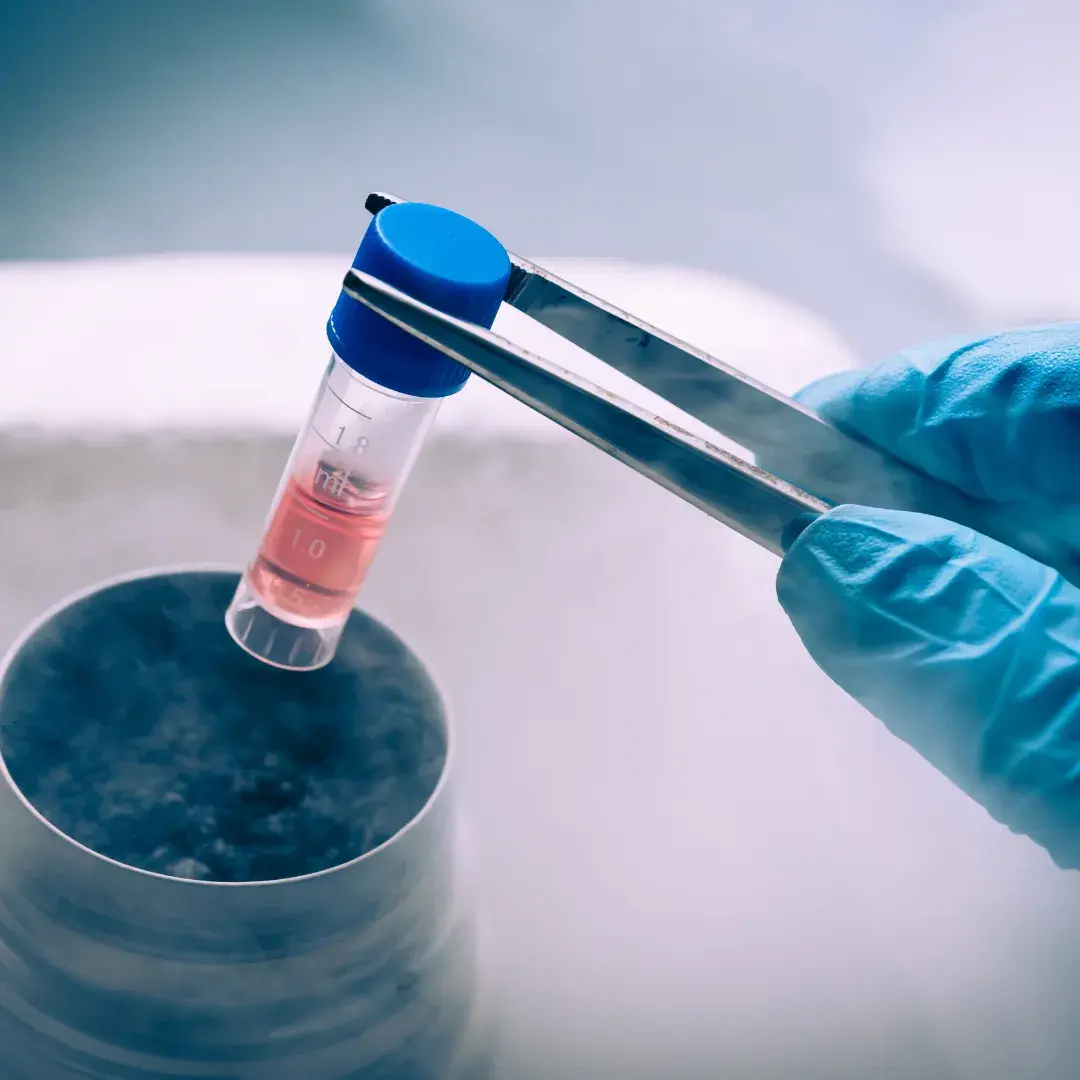Introduction
Stem cell preservation is emerging as a groundbreaking practice in regenerative medicine, allowing individuals to store their stem cells for future medical use. These cells have the potential to treat various diseases, repair damaged tissues, and even regenerate organs. However, despite its promising applications, many people remain unaware of the methods, costs, and potential risks associated with stem cell preservation.
This article explores the different preservation methods, costs across various countries, benefits, eligible candidates, potential complications, and the latest scientific research on stem cell storage.
Methods of Stem Cell Preservation
Stem cells can be preserved using different techniques, depending on their source and intended application. The primary methods include:
- Cryopreservation: Stem cells are frozen at ultra-low temperatures (-196°C) using liquid nitrogen to maintain their viability for years.
- Vitrification: A rapid freezing process that prevents ice crystal formation, commonly used for embryonic stem cells.
- Slow-Freezing Technique: Gradual cooling of cells with cryoprotectants to reduce cellular damage.
- Dry Preservation: A novel approach where stem cells are stored in a dehydrated state for longer shelf life.
Cost of Stem Cell Preservation in Different Countries
The cost of stem cell banking varies significantly based on the facility, the type of stem cells preserved, and the duration of storage. Below is an estimated breakdown of costs in different countries:
- India: ₹50,000 – ₹1,50,000 ($600 – $1,800) for initial processing and ₹4,000 – ₹10,000 ($50 – $120) per year for storage.
- United States: $1,500 – $3,000 for initial processing and $150 – $300 per year for storage.
- United Kingdom: £1,500 – £2,500 for initial banking and £100 – £250 per year for maintenance.
- Australia: AUD 3,000 – AUD 5,000 for initial collection and AUD 200 – AUD 400 per year for storage.
- Canada: CAD 1,500 – CAD 2,500 for initial processing and CAD 150 – CAD 350 per year for storage.
- Germany: €1,500 – €3,000 for initial preservation and €150 – €300 per year for storage.
- China: ¥10,000 – ¥20,000 ($1,500 – $3,000) for processing and ¥1,000 – ¥3,000 ($150 – $450) per year for storage.
The prices depend on whether private or public banks are used, the type of stem cells stored (cord blood, bone marrow, or adipose tissue), and additional services such as genetic screening.
Benefits of Stem Cell Preservation
Preserving stem cells offers several advantages, including:
- Potential Future Treatments: Stored stem cells can be used to treat blood disorders, genetic diseases, and even degenerative conditions.
- Personalized Medicine: Using one’s own stem cells eliminates compatibility issues and reduces the risk of immune rejection.
- Lifesaving Applications: Research indicates that stem cells may help in conditions like leukemia, cerebral palsy, and heart disease.
- Family Use: In many cases, preserved stem cells can be used for close relatives, increasing the chances of finding a genetic match.
Who is Eligible for Stem Cell Preservation?
Stem cell banking is recommended for:
- Newborns: Cord blood banking is highly encouraged as it contains valuable hematopoietic stem cells.
- Individuals with a Family History of Genetic Disorders: People with conditions such as sickle cell anemia, leukemia, or thalassemia may benefit from stem cell storage.
- Cancer Patients: Some cancer patients undergoing chemotherapy opt for stem cell banking before treatment to restore damaged tissues later.
- Athletes and High-Risk Professionals: Individuals prone to injuries can benefit from stem cell therapy for tissue regeneration.
Complications and Disadvantages of Stem Cell Preservation
While stem cell banking offers numerous benefits, there are also certain drawbacks:
- High Costs: The expense of preservation can be a barrier for many individuals.
- Limited Use Cases: Not all stored stem cells may be suitable for future treatments.
- Storage Failures: Poorly maintained stem cell banks can compromise the quality of preserved samples.
- Ethical and Legal Concerns: In some countries, legal restrictions on stem cell storage exist, particularly regarding embryonic stem cells.
Recent Research and Advances in Stem Cell Preservation
Scientific research has made significant strides in enhancing stem cell storage techniques. Some recent breakthroughs include:
- AI-Enhanced Cryopreservation: Artificial intelligence is being used to monitor and optimize storage conditions, improving stem cell survival rates.
- 3D Bioprinting for Stem Cell Storage: Scientists are developing bioprinted tissue structures that preserve stem cells more efficiently.
- Nanotechnology in Preservation: Nanoparticles are being integrated into cryopreservation solutions to improve stem cell viability.
- Stem Cell Longevity Studies: Research from Harvard University has shown ways to extend the lifespan of stored stem cells, enhancing their usability for future treatments.
Conclusion
Stem cell preservation is a rapidly advancing field with the potential to revolutionize medicine. While it provides numerous medical benefits, individuals must consider the costs, risks, and ethical aspects before opting for storage. As scientific innovations continue, stem cell banking is likely to become more affordable and accessible, making it a valuable investment for future healthcare needs.
Read About : Stem Cells: Know Everything About The Future of Regenerative Medicine
Visit Us At : https://g.co/kgs/rTqAjgt





